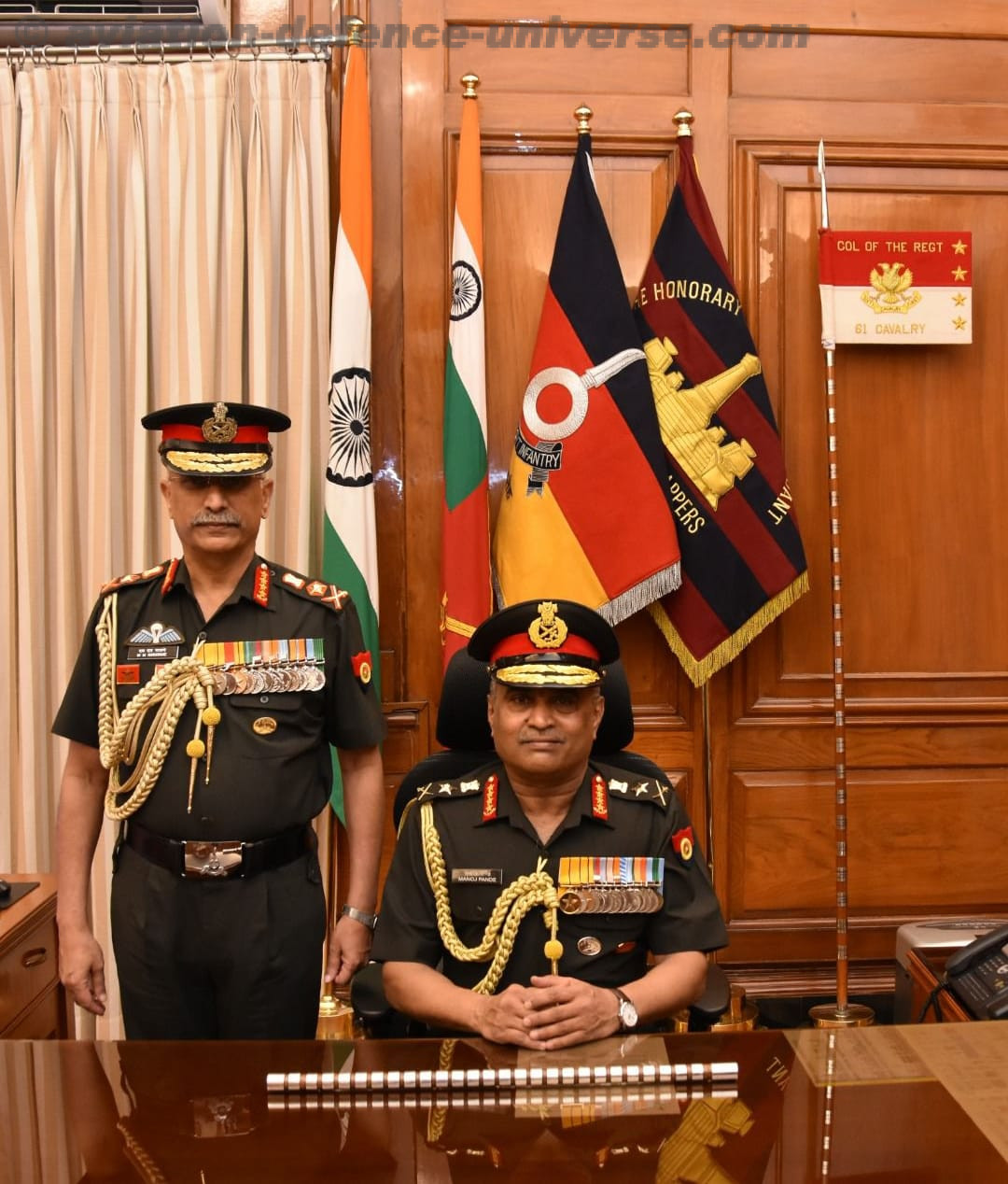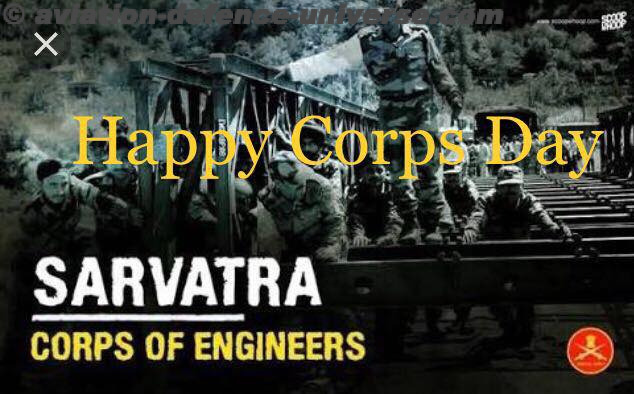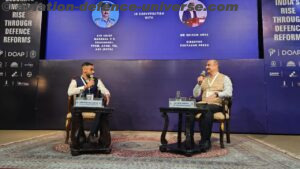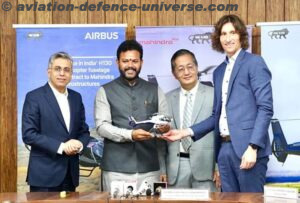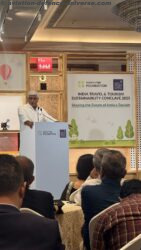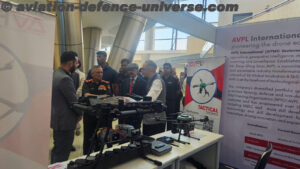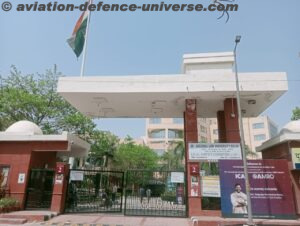- Turns 92 today
- 244 years since sappers formed a part of the British Indian Army
By Sangeeta Saxena
New Delhi. 18 November 2024. The Indian Army’s Corps of Engineers, known as the Sappers, marks its 92nd anniversary today. The Sappers need no introduction. They lead the way, they make the way, they pave the way and the infantry walks in. They are first to enter and last to leave the battle fields and the war zones, many a time -the unsung heroes. From making roads, to building bridges, to creating infrastructure, to laying and defusing mines, the engineers of the Indian Army are always on the forefront of activity, at the scene of action and on the battlefield in war and in the face of an unknown enemy in no-war-no-peace situation , like today’s. And they are the first casualties of war because they are the ones who lead and so are the first to face the enemy.
The Legacy and Role of the Indian Army Corps of Engineers
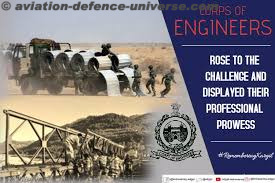 The Indian Army Corps of Engineers is among the oldest branches of the Indian Armed Forces, dating back to 1780 with the formation of the Madras Sappers. The Corps officially came into its present form on November 18, 1932, when the Madras, Bengal, and Bombay Sappers merged. With a history of service spanning over two centuries, the Corps has always been at the forefront of engineering innovation and battlefield support, providing critical infrastructure, road construction, bridge building, mine laying, and demolition expertise.
The Indian Army Corps of Engineers is among the oldest branches of the Indian Armed Forces, dating back to 1780 with the formation of the Madras Sappers. The Corps officially came into its present form on November 18, 1932, when the Madras, Bengal, and Bombay Sappers merged. With a history of service spanning over two centuries, the Corps has always been at the forefront of engineering innovation and battlefield support, providing critical infrastructure, road construction, bridge building, mine laying, and demolition expertise.
The Corps of Engineers is not just limited to combat roles. It plays a crucial part in nation-building projects, including constructing strategic roads in remote border areas and providing aid during natural disasters. They also manage key engineering organizations like the Military Engineering Service (MES), the Border Roads Organisation (BRO), and the Married Accommodation Project (MAPP), which have significantly contributed to the country’s infrastructure development.
A Historic Milestone for the Sappers.
The 92nd anniversary of the Corps of Engineers marks a special year with General Manoj Pande, a distinguished Bombay Sapper officer, just finished his top job as the Chief of Army Staff. This achievement comes almost half a century after Lt. General PS Bhagat, a legendary Sapper officer and the first Indian recipient of the Victoria Cross, was denied the role of Chief of Army Staff. General Pande’s appointment was a monumental recognition for the Sappers, underscoring their contributions and leadership within the Indian Army.
Multifaceted Contributions in Peace
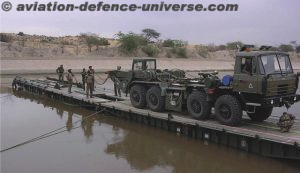 The Corps of Engineers’ role extends beyond warfare. It has been a vital contributor to the nation’s development through projects like constructing national highways, airfields, and strategic roads in the Himalayas, Rajasthan, and the North-East. The BRO has been instrumental in connecting remote areas, significantly aiding in regional development.
The Corps of Engineers’ role extends beyond warfare. It has been a vital contributor to the nation’s development through projects like constructing national highways, airfields, and strategic roads in the Himalayas, Rajasthan, and the North-East. The BRO has been instrumental in connecting remote areas, significantly aiding in regional development.
In times of natural disasters, the Sappers have led rescue and relief operations. Be it an earthquake or a flood, their efforts have saved countless lives and restored normalcy in affected areas. The Corps has also been involved in international peacekeeping missions, further highlighting their versatility and commitment.
Equal Opportunity and the Role of Women
The Corps of Engineers stands out as an equal-opportunity organization, with women officers serving in both field and peace locations. These women, trained in various technical and operational roles, have proven their mettle, embodying the spirit, courage, and expertise required in this challenging field.
Colonel Pooja Chauhan, a Bombay Sapper Officer commissioned in 2005, took over command of an engineer regiment in a highly active operational area. She was Commanding Officer 175 Engineer Regiment (TA), Kupwara.
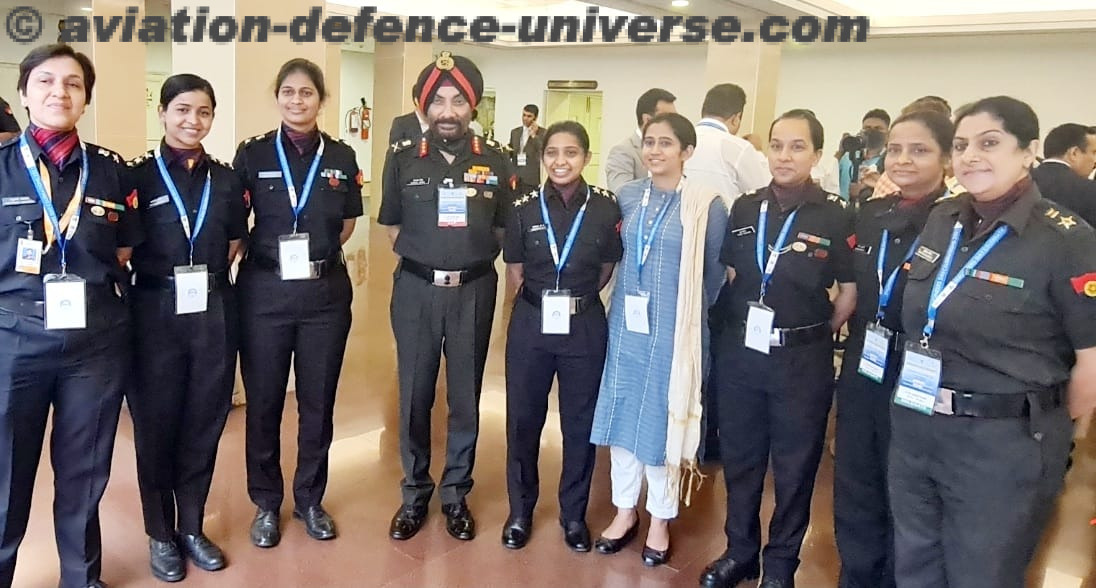
Colonel Sapna Sharma is Commanding Officer of the Plant Unit in Jorhat. She is an engineer and post her studies from MS University Baroda joined the Indian Army in the Corps of Engineers, Bombay Sappers.
Colonel Noreen Shanet John became the 1st Lady Officer to take over Command of a Training Battalion responsible for training of Agniveers. She is an officer of the Madras Engineering Group and Centre, popularly known as Madras Sappers Centre.
Captain Shiva Chouhan became the first woman officer to get operationally deployed at Siachen, the world’s highest battlefield. Covering a distance of 508 kms, she successfully led the Sura Soi Cycling Expedition from Siachen War Memorial to Kargil War Memorial conducted on the occasion of Kargil Vijay Diwas in July 2022. She took up the challenge of leading the men of Sura Soi Engineer Regiment at Siachen and, based on her performance, was selected to undergo training at the Siachen Battle School.
Lt Shubhi Agarwal’s journey from data and analytics to becoming the first Territorial Army woman officer inducted into the Engineers Regiment at the Line of Control, will remain an inspiration to generations of girls who aim to don the uniform.
Captain Surbhi Jakhmola, an Indian Army officer from the 117 Engineer Regiment, is the first woman officer from the Border Roads Organisation to be posted on foreign assignment — she has been assigned to the BRO’s Project Dantak in Bhutan.
Many of the these die hard sapper women have been a part of UNPKF . The list is long and tasks of these women of the Combat Engineers of Indian Army make us proud, not only of them but of the Corps which has given them the opportunity to prove themselves at par and of the Army chich is striving to achieve real transformation.
Sappers Stride from Strength to Strength
The Indian Army Corps of Engineers has a long history dating back to the mid-18th century. The earliest 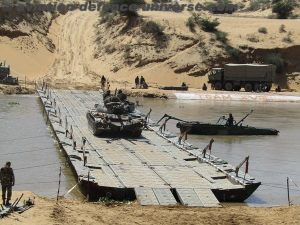 existing sub -unit 18 Field Company of the Corps dates back to 1777 while the Corps officially recognises its birth as 1780 when the senior most group of the Corps, the Madras Sappers were raised. Till 1911, the Sappers also had the duty of passing battlefield messages. Between 1911 and 1920, they handed this task to a batch of their own kinsmen who then formed the Corps of Signals. The Sappers also contributed the first batch of airmen when the Indian Air Force was raised in 1932. From 1942-1945 officers of the Indian Railways were recruited into this Corps to participate in Britain’s Burma Campaign.
existing sub -unit 18 Field Company of the Corps dates back to 1777 while the Corps officially recognises its birth as 1780 when the senior most group of the Corps, the Madras Sappers were raised. Till 1911, the Sappers also had the duty of passing battlefield messages. Between 1911 and 1920, they handed this task to a batch of their own kinsmen who then formed the Corps of Signals. The Sappers also contributed the first batch of airmen when the Indian Air Force was raised in 1932. From 1942-1945 officers of the Indian Railways were recruited into this Corps to participate in Britain’s Burma Campaign.
Forts abound in the subcontinent, and to the forts the main defences withdrew for a protracted stand. On being invested, the siege (heavy) artillery including trench mortars or bombards went at it. The real work, not for the faint-hearted, went to the sappers who had to do the accurate digging of trenches, usually covered or zigzag, to cover one’s approach to the point of assault.
 In war, Combat Engineers provide mobility to their own forces by constructing bridges, tracks and helipads; on the other hand the Corps denies the same to the enemy by creating obstacles such as laying mine-fields and demolition of bridges. In any army the Engineers are the most versatile component. They are trained specialists, yet when the occasion arises they fight as infantry, which is one of their roles. In the post-Independence Indian Army the role of the Corps of Engineers has been even more varied and significant: besides supporting the field forces in four major wars against our neighbours, they have played a large part in nation-building roles such as constructing an extensive network of strategic roads to open up our undeveloped border areas, aid to the civil in times of national calamity.
In war, Combat Engineers provide mobility to their own forces by constructing bridges, tracks and helipads; on the other hand the Corps denies the same to the enemy by creating obstacles such as laying mine-fields and demolition of bridges. In any army the Engineers are the most versatile component. They are trained specialists, yet when the occasion arises they fight as infantry, which is one of their roles. In the post-Independence Indian Army the role of the Corps of Engineers has been even more varied and significant: besides supporting the field forces in four major wars against our neighbours, they have played a large part in nation-building roles such as constructing an extensive network of strategic roads to open up our undeveloped border areas, aid to the civil in times of national calamity.
The Corps of Engineers played a very important role during the 1971 war & the creation of Bangladesh. In the recent past the Kargil war major Engineer Regiments which very actively took part were 102 Engineer Regiment , 03 Engineer Regiment , 106 Engineer Regiment and 112 Engineer Regt. The commanding officers of these Engineer Regiments were -102 Engr. Regt. Col. Rohit Kumar. The unit was awarded theatre Honour , 3 Engr. Regt. Col. Krishnan, The unit was awarded theatre honour , 106 Engr. Regt. Col. I.P.S. Ahuja the unit was awarded COAS Unit Citation of War & 112 Engr. Regt. Commanded by Col. N.B.Saxena was awarded COAS Unit Citation of War.

Legendary Lt Gen PS Bhagat of the Corps remains the first Indian Officer to have won the Victoria Cross in the Second World War. Another first in the same war, Subedar Subramaniam was awarded the George Cross. Later, during operations in Kashmir soon after Independence, Major Rama Raghoba Rane was awarded the Param Vir Chakra for making a passage through enemy mine fields while crawling in front of a tank. The Corps of Engineers has to its honour Param Vir Chakra, Ashoka Chakra, Padma Bhushan, Param Vishisht Seva Medals, Maha Vir Chakras, Kirti Chakras, Padma Shri, not to forget the Param Vishisht Sewa Medals, Ati Vishisht Seva Medals, Vir Chakras, Shaurya Chakras, Yudh Seva Medals and many other awards.
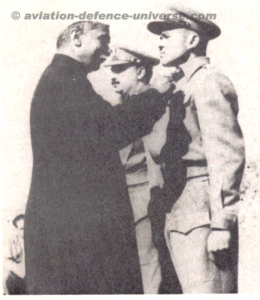
9 Engineer Regiment became one of the youngest Engineer Regiment in world history to enter the battlefield and got as many as 12 decorations including 01 Mahavir Chakra, 03 Vir Chakra, 04 Sena Medal, 04 Mention in Dispatch at the “Battle of Basantar” in 1971. 107 Engineer Regiment gained an Indian Institute of Bridging Engineers award for constructing a bridge in Himachal Pradesh in 2001.
The Indian Army’s Corps of Engineers, with its long and storied history, continues to be a pillar of strength, resilience, and innovation for the nation. From battlefield support to nation-building, the Sappers have proven their value time and again.
As the Corps celebrates its 92nd anniversary, the legacy of engineering excellence and bravery continues to inspire new generations of military engineers to serve the nation with honor and dedication. The leadership of General Manoj Pande as Chief of Army Staff is a testament to the significant role the Sappers have played in shaping the Indian Army and its future trajectory.
